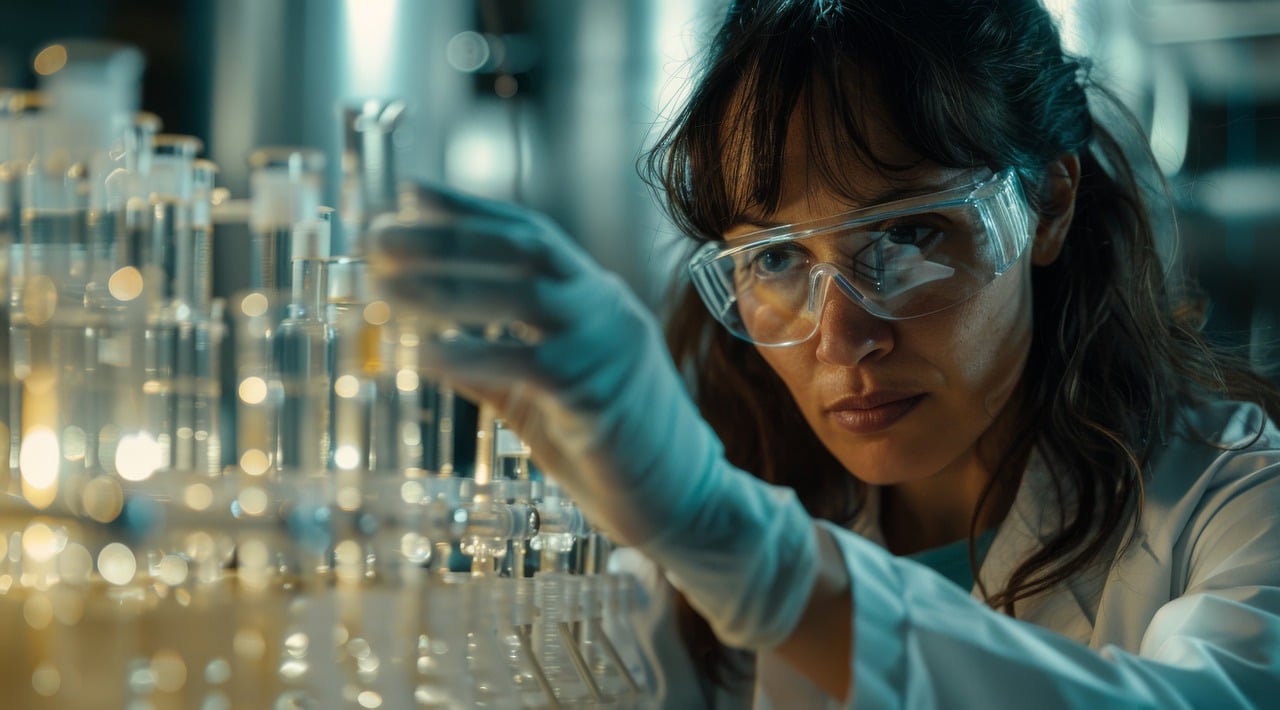The course offers advanced training and a comprehensive exploration of enzyme applications and their utilization in biotechnology. It provides students with specialized knowledge in upstream and downstream processing, enzyme immobilization for the development of biocatalytic systems, and their implementation in bioreactors for the synthesis of high-value-added products. A significant part of the curriculum is dedicated to enzyme applications in the food industry, large-scale processes, the chemical and pharmaceutical industries, medicine, analytical techniques, biosensors, and catalysis in organic solvents. The course covers both traditional enzyme applications (e.g., cheese, wine, beer, and bread production) and emerging fields, including pharmaceuticals, biocatalysis, and environmental applications.





